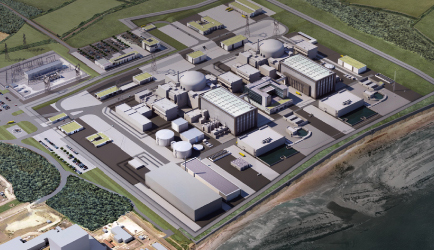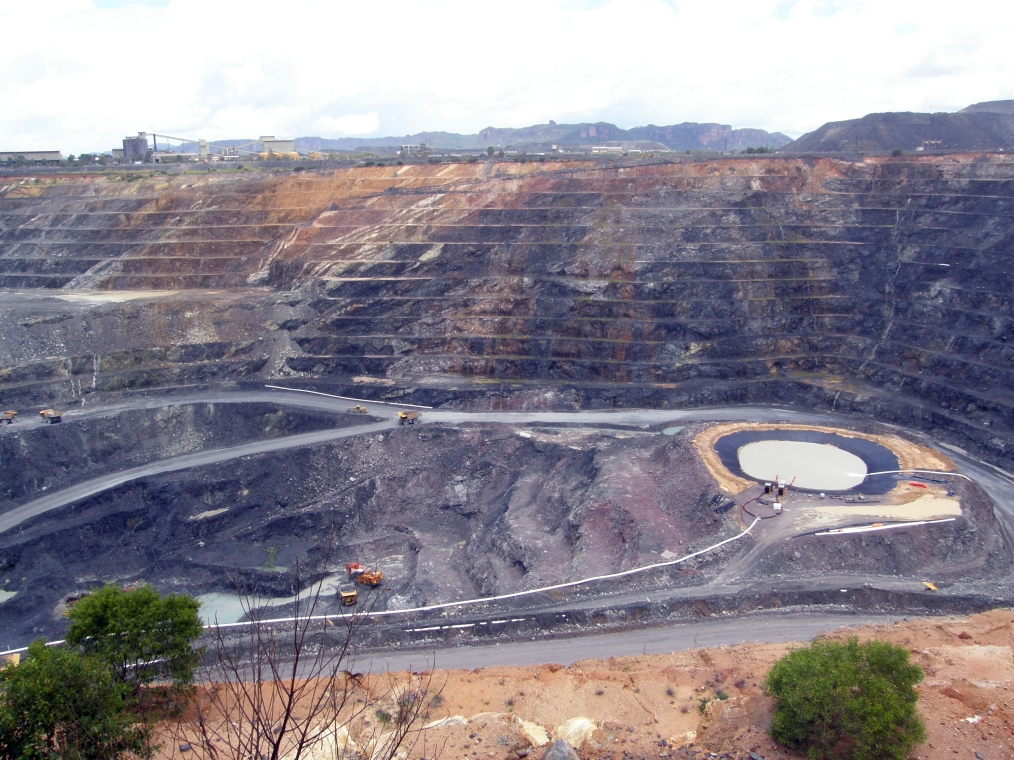Thought it was time for an update on the big Hinkley Point C project in Britain. This is a real circus. The project is huge with a budget over twenty billion dollars for the construction of two nuclear power reactors. The contract for construction is held by the French government owned company, EDF.
EDF is in serious financial trouble because of a couple of major nuclear projects in France that are behind schedule and over budget. Also, the steel reactor vessels that were going to be used turned out to have too much carbon in the alloy which reduced their strength below acceptable standards.
Looking for investors, EDF set up an arrangement last October with a Chinese nuclear company named China General Nuclear Power Corporation, a state owned entity. The CGNPC is going to take a one third stake in the project. In order to get the Chinese involved, the British had to promise to let them build a Chinese designed reactor in Britain with Chinese labor. This upset the British labor unions as well as the British security forces. Then Britain got hit with a legal challenge because of European Union rules about outside investors in major projects.
The British government has promised to pay about twice as much for the electricity generated by the new reactors than the current price for electricity in Britain. Consumers fear that the price of electricity from other sources will stay low and those being supplied by the new Hinkley Point C reactors will wind up pay too high a price. This also caused another lawsuit claiming that Britain was violating EU rules about government support for private projects.
Now for the update.
The problem with too much carbon in the reactor vessels has been solved. EDF claims that they are going to use a different manufacturing process with different size chunks of steel that will produce reactor vessels that are sufficiently strong to meet regulatory standards.
The project was supposed to start construction within weeks of the deal set last October but EDF has been holding off making a final decision on the financing for the project because of their internal problems. Now they say that they will deliver final approval by the first of April even though there is strong resistance on the EDF board from the labor representatives. The Finance Director of EDF just resigned because he said that he cannot personally support the project proceeding for at least three years while EDF sorts out its financial problems.
Another reason for the delay is that in spite of the announcement of a deal with the Chinese last October, EDF says that they still do not have a signed contract for the Chinese participation because the due diligence of the CGNPC company was taking longer than expected due to the extraordinary complexity of the project. When the lack of a signed contract with CGNPC was made public recently, EDF faced a storm of criticism.
The Hinkley Point C project is a fascinating spectacle as promoter of nuclear power try desperately to move the project forward as problem after problem blocks their progress. Hopefully, this giant mess will collapse soon and save the ratepayers of Britain a huge hike in their electric bills.
Artist’s concept of new Hinkley Point C power station:







